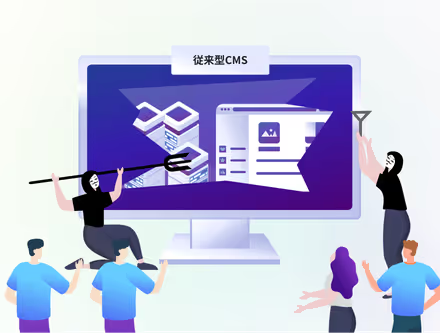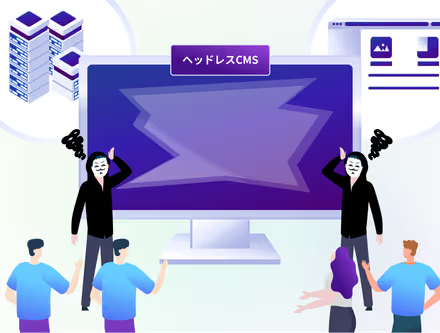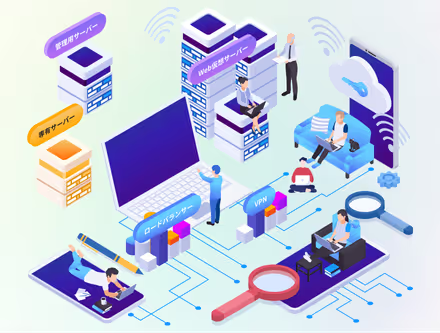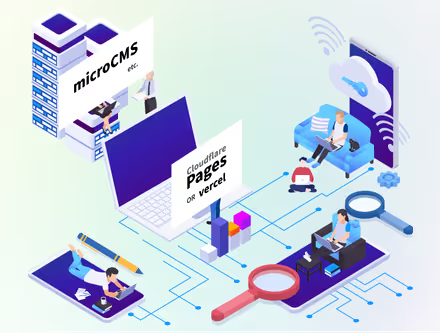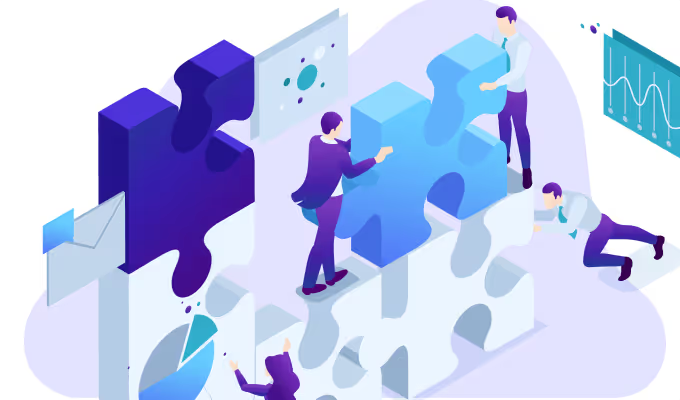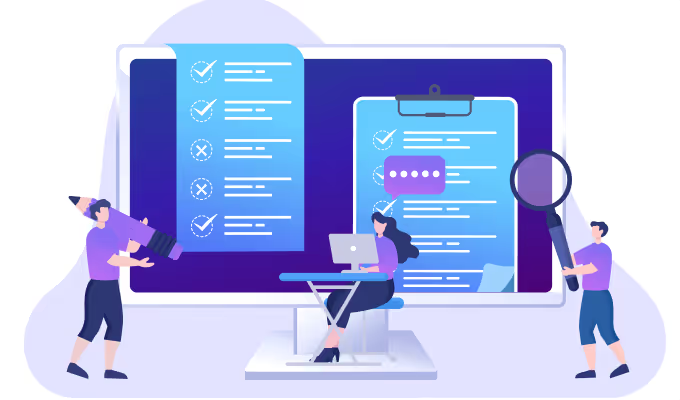
Headless CMS construction
Achieving ideal content management with a headless CMS and Jamstack
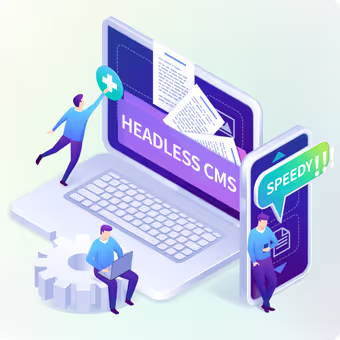
Advantages of a headless CMS
01Security
02Regarding multi-site operation
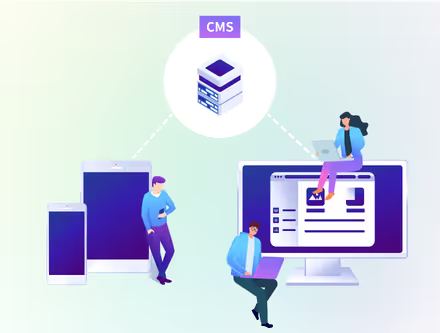
03Regarding server environment construction and application management
04Advantages in page speed
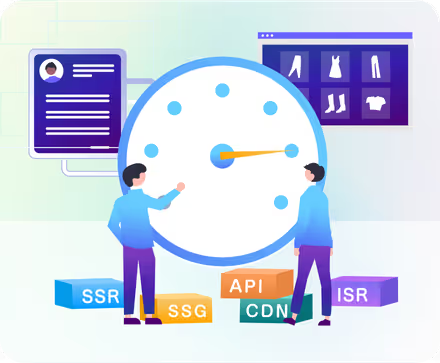
For example, WordPress uses dynamic generation, which can lead to excessive plugin use, complex theme design, and increased database load. Furthermore, this, combined with resource-limited hosting environments and a lack of caching functionality, tends to result in long page load times, and while it's easy to implement, there are often issues with display speed.
Headless CMS implementation process
We pride ourselves on our reliable team structure and speedy response capabilities.

Are you losing out by having an overly elaborate infrastructure and security measures?Are you worried about WordPress?
